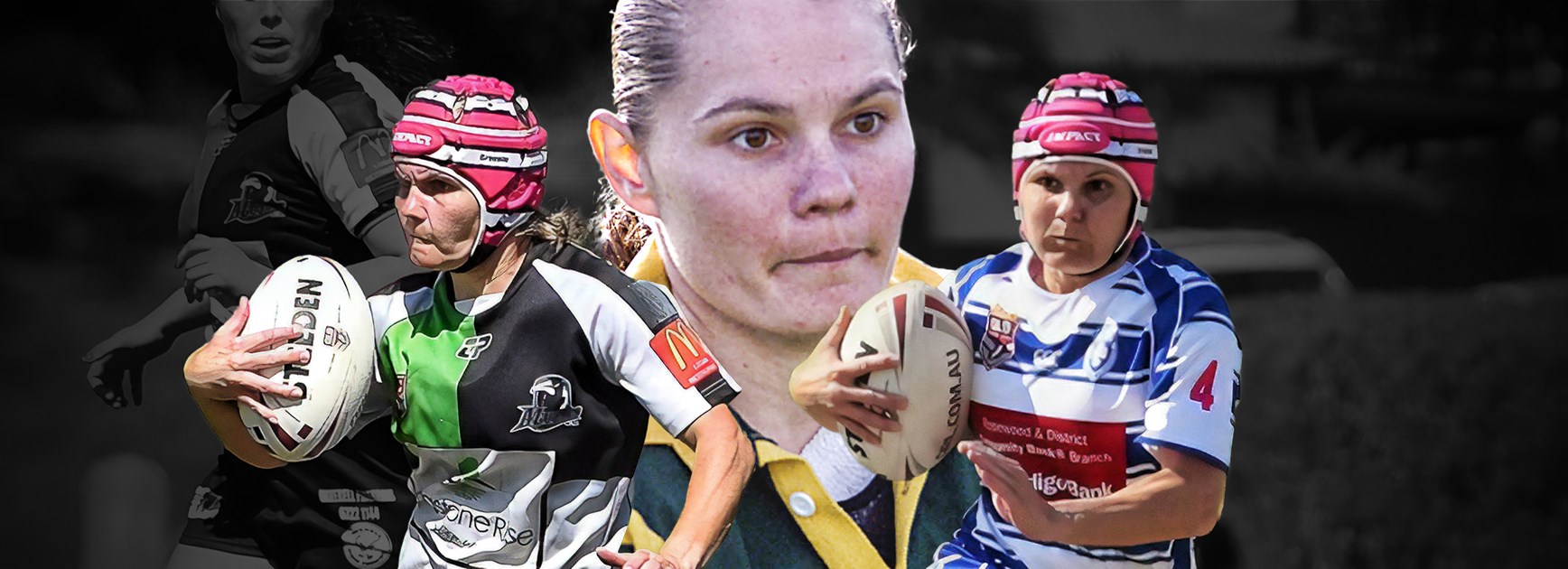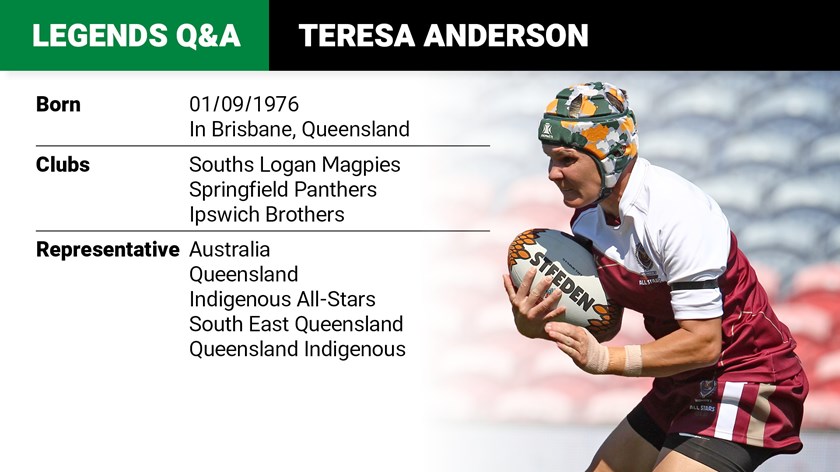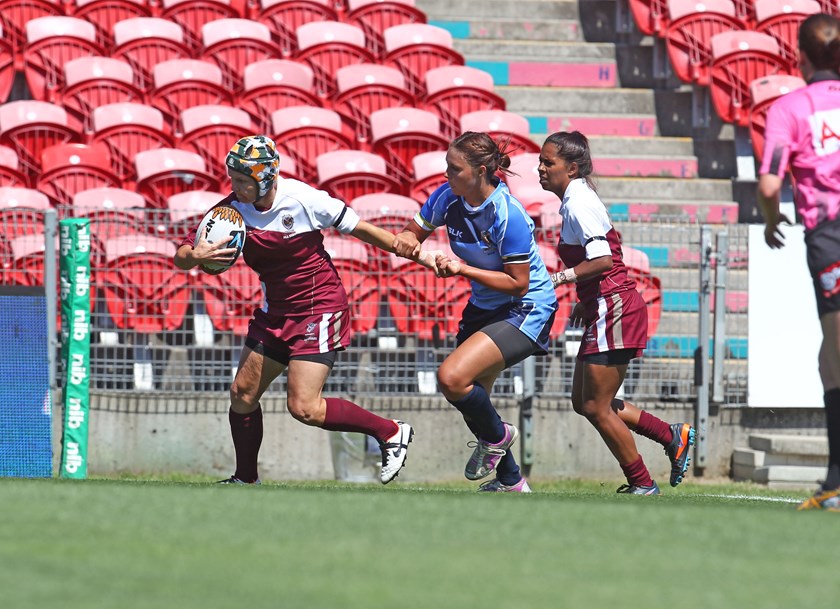
Teresa Anderson made her international debut in 1998 and is listed as the 39th player to represent the Australian Jillaroos.
A talented outside back, Anderson was the fifth Australian representative and first Queenslander to have Indigenous or Torres Strait heritage and pull on the green and gold jersey.
NRL.com caught up with the former Jillaroo to discuss all things career and life away from the paddock.
Teresa Anderson
What were your rugby league memories growing up as a child and how did you start playing?
My four brothers played at our local club and my sisters and I were their cheerleaders. I didn't know girls could even play league, but I followed the game and learned some rules. In 1998, when I was 22 and a first-year police constable, I was approached by Karyn Murphy to play rugby league. I was hesitant at first as I had never played league before. I didn't fully understand the game, but I had a great coach in Dave Leat, who put me on the wing due to me being a pretty fast runner or a gumby, I guess.

The women's rugby league world knows you as 'Greenie' – what's the story behind that nickname?
My footy mates were trying to think of a nickname for me and came up with "Trees-are-green" for Teresa Green... Greenie. Although, I had a primary school teacher who used to call me that, too. The name has stuck to this day. Some of the girls even thought this was my surname.
Being a Queenslander, you went from the wing to centres before playing fullback, there have been a fair few players to idolise in those positions – who was yours?
When I first played I didn't really idolise anyone. But when playing in the fullback position, I followed Darren Lockyer. I loved his style of play, his ability to be a quiet achiever and his respected leadership at club, state and country level.
Maroons eager to return to winning ways on home soil
You made your Jillaroos debut in 1998, can you tell us what life as a player was like back then?
This was also my first year at ever playing rugby league, so everything was new to me. It was difficult for female players in the beginning. Although representing our country, we had to pay for all our own uniforms, accommodation, transport, air fares, expenses etc.
We had minimal sponsorship that very slightly reduced these fees. We even had a few girls who sold their cars or got bank loans to help pay for our World Cup trip to Great Britain in 2000.
When we played a Test against the Kiwi Ferns, we stayed in a backpackers' in West End. The conditions have improved immensely for the players of today and for this I am truly appreciative, as I feel after paving the way in our era, the ladies of today can concentrate more on their fitness and their game.

The Jillaroos have been enriched with Indigenous talent for the past three decades. How important was that for you starting out alongside the likes of Katrina Fanning and Tracey Thompson to inspire the next generation?
The introduction of the Murri Carnival and the Koori knockout has played an important part for the Indigenous girls. I should have retired a long time ago but I still get involved in the Murri Carnival. I would nominate a team each year so it gives more indigenous girls an opportunity to play and hopefully make the Indigenous All Stars team which is a step closer to hopefully be recognised and possibly an opportunity to make the Jillaroos.
What do you think about the current female athlete coming through the code?
I am a little envious of the current players having the benefits that we didn't receive in our time. However, I would not change the privileges I received in terms of long-term friendships, the inaugural experience and knowing that we were paving the way for future Jillaroos. The players of today have more opportunity to be guided with their fitness, nutrition, finances and the support of the ARL. And they can now represent an NRL club. It would have been a dream for any player of my time to be chosen in any NRLW side.

What does life look like now for you?
I married my long-term partner Tracy Bailey (a former Jillaroo from 2002-2008), in 2018, and we have a son, Blake, 12, and a daughter, Brooke, 9. I finished playing club football two years ago whilst playing for Souths (Brisbane) as I had my second shoulder reconstruction. But it's hard to stay away from the game. I still play rugby league but only in carnivals and for the Queensland Police women's side. When I started out playing rugby league I was a police officer and 25 years on, I still am.


